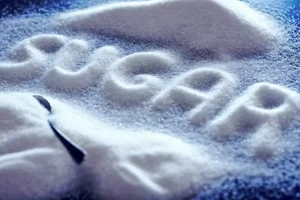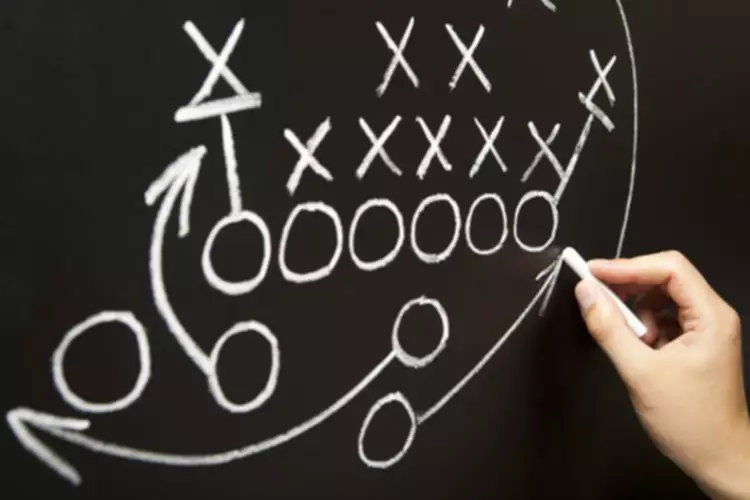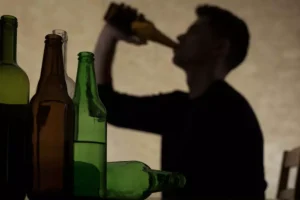
Some people experience prolonged withdrawal symptoms, like insomnia and mood changes, that can last for weeks or months. By Sarah Bence, OTR/LBence is an occupational therapist with a range of work experience in mental healthcare settings. Behavioral treatment programs are helpful for people who want to quit drinking. https://ecosoberhouse.com/ These programs involve working with a team of mental health professionals in a group and individual setting. Tap into your social network to help support you through alcohol withdrawal. Find a supportive friend or family member to be with you while you withdraw and support your new non-drinking lifestyle.
Enhancing Healthcare Team Outcomes

It’s best to be in a calm and controlled environment to reduce the risk of symptoms progressing toward hallucinations. If your symptoms are mild (or perhaps even moderate), your doctor may suggest that you reach out to a friend or family member to help you monitor your symptoms at home. Research shows that only a small portion of people with AWS require medical treatment. AWS can evolve in a few hours or a few days but often develops between 6 to 24 hours after your last drink. When you stop drinking, after doing so heavily for a long time, the depressant on your central nervous system stops, causing your nervous system to become overexcited.

More on Substance Abuse and Addiction
Withdrawal is a natural part of recovering from alcohol use disorder. As you embark on this journey, it’s important to take care and not shame alcohol withdrawal syndrome symptoms yourself for addiction. It’s important first to get evaluated by a medical professional and to reach out to a support system if you’re able.
AWS: treatment
- Get emergency medical help if you think you’re experiencing symptoms of AWD.
- When the neurotransmitters are no longer suppressed, but are used to working harder to overcome the suppression, they go into a state of overexcitement.
- More recently, other drugs have been investigated as treatments for AWS (figure 1).
This could be family members, friends, members of your community, or people in sobriety support groups. This may include medications, therapy, or both and can be offered in a variety of settings, both inpatient, outpatient, or a hybrid model. This is why some people may be hesitant or afraid to quit drinking. Still, try to keep in mind that these symptoms — though uncomfortable — are temporary. Seizures often occur in the early stages of withdrawal, and they may happen in the absence of other AWS. More than 90% of acute seizures occur in the first 48 hours after your last drink.

- These may occur anywhere from a few hours to about 5 days following cessation.
- The Cut down-Annoyed-Guilty-Eye opener (CAGE) and Alcohol Use Disorders Identification Test (AUDIT) questionnaires [23] may help identifying AUD patients.
- Blood pressure, pulse, and alcohol breath analysis should be obtained whenever possible.
Keep in mind that alcohol detox is only the first step, and additional treatment—including medication and individual or group counseling—is a must if you want to maintain your sobriety. Symptom-triggered therapy with benzodiazepines remains the cornerstone of management. If you decide to get treatment, your doctor can recommend the type of care that you need. Alcohol (ethanol) depresses (slows down) your central nervous system (CNS). If you consistently consume significant amounts of alcohol, your CNS gets used to this effect. Your CNS must work harder to overcome the depressant effects of alcohol to keep your body functioning.
- And consider joining a support group such as Alcoholics Anonymous.
- All condition, treatment and wellness content is medically reviewed by at least one medical professional ensuring the most accurate information possible.
- In particular, topiramate produces an increase in GABAA receptor-mediated inhibitory activity and antagonizes AMPA and kainate glutamate receptors with a consequent reduction in DA release in the nucleus accumbens.
- Withdrawal symptoms are common for people with alcohol use disorder who stop drinking, but many respond well to treatment.
- Moderate to heavy drinkers can also benefit from medical supervision in the acute withdrawal stage.
Alcohol Withdrawal Symptoms

Alcohol withdrawal syndrome is the group of symptoms that can develop when someone with alcohol use disorder suddenly stops drinking. Tracking your triggers, managing stress, and taking care of your basic needs might help keep your symptoms in control. Therapy and support groups can help you cope with the mental and physical stress of PAWS. For example, benzodiazepines might be effective for helping people with alcohol withdrawal syndrome, but they won’t be appropriate for someone who has misused benzodiazepines in the past.
If a patient begins experiencing signs and symptoms of severe withdrawal, including but not limited to seizure, altered mental status, or agitation, they should seek emergency care immediately. When alcohol withdrawal syndrome has resolved, patients ought to be evaluated for AUD and offered treatment, if appropriate, including pharmacotherapy and behavioral treatment. AWS represents a continuous spectrum of symptoms ranging from mild withdrawal symptoms to delirium tremens (DT). AWS can start with mild symptoms and then evolve to more severe forms, or can start with DT, in particular in those patients with previous history of DT or with history of repeated AWS (kindling phenomenon). Usually, 1st degree AWS symptoms (tremors, diaphoresis, nausea/vomiting, hypertension, tachycardia, hyperthermia, tachypnea) begin 6–12 hours after the last alcohol consumption, lasting until the next drink [26].

